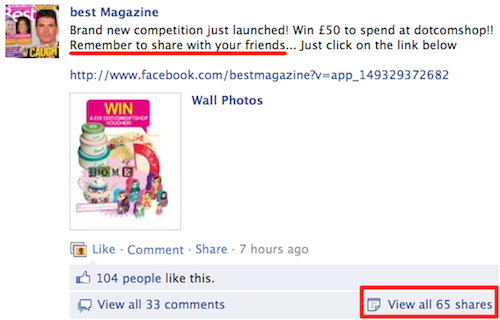Some Hollywood executives are questioning the value of Facebook ads and fan pages, according to the Los Angeles Times.
The report says film execs “confide privately they are considering cutting their spending on Facebook ads,” though everyone on the record said the social network was still one of a number of important channels to drive awareness about upcoming films. The article suggests that studios, like companies in other industries, are skeptical of the returns on paying for Likes, especially as News Feed changes limit the organic reach of page posts.
But with the way most studios approach Facebook ads, it’s no wonder why they would think the cost is too high and the results aren’t there. That doesn’t mean Facebook is an ineffective channel; it means Hollywood isn’t using it in the best way for its business. Movie marketers are emphasizing Likes at the wrong point in the funnel, and they’re not using the right ad formats for their goals.
Facebook’s head of entertainment measurement Fred Leach told the LA Times that 99 percent of all films released in the past year advertised on the social network. Yet, when was the last time you saw a sponsored movie trailer in your desktop or mobile News Feed? Most people would say “never” because studios typically run ads in the Facebook sidebar — the unit with the lowest clickthrough rates and highest costs per click. Few studios, if any, are taking advantage of the more prominent placement directly in the feed. Not only are users more likely to click and engage with these ads, the branding is more significant even at an impression level. For Hollywood, which likes to wrap buses and buildings with promotional material and take over web homepages, it’s a surprise the News Feed isn’t regularly swamped with movie marketing.
Instead, studios often run marketplace ads with a small image, body copy and a Like button. First of all, it’s odd to ask users to Like a movie before they’ve seen it. Similar to many advertisers in other industries, studios are leading with Like campaigns when awareness and content marketing make more sense. For studios’ other online advertising, trailer views are typically the most important KPI, but often on Facebook they inexplicably run Like ads rather than video ads.
MORE: What Hollywood gets wrong about Facebook marketing.



